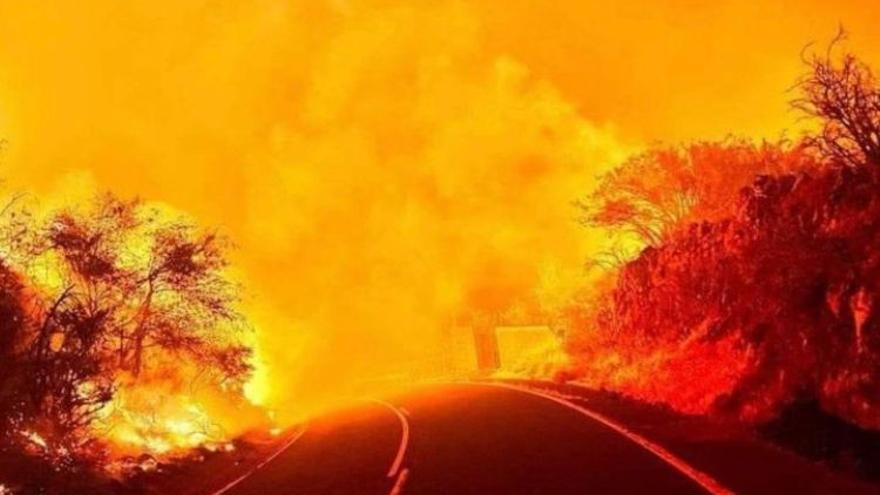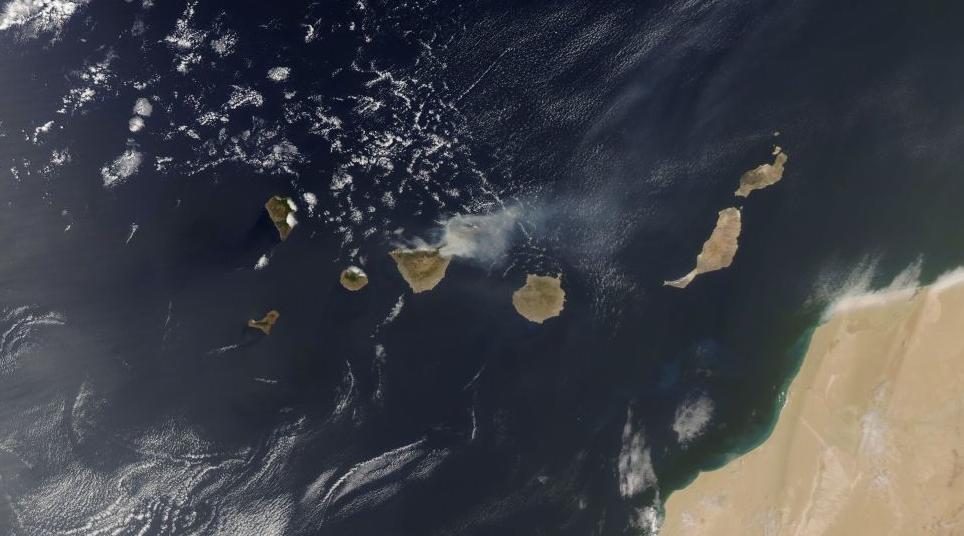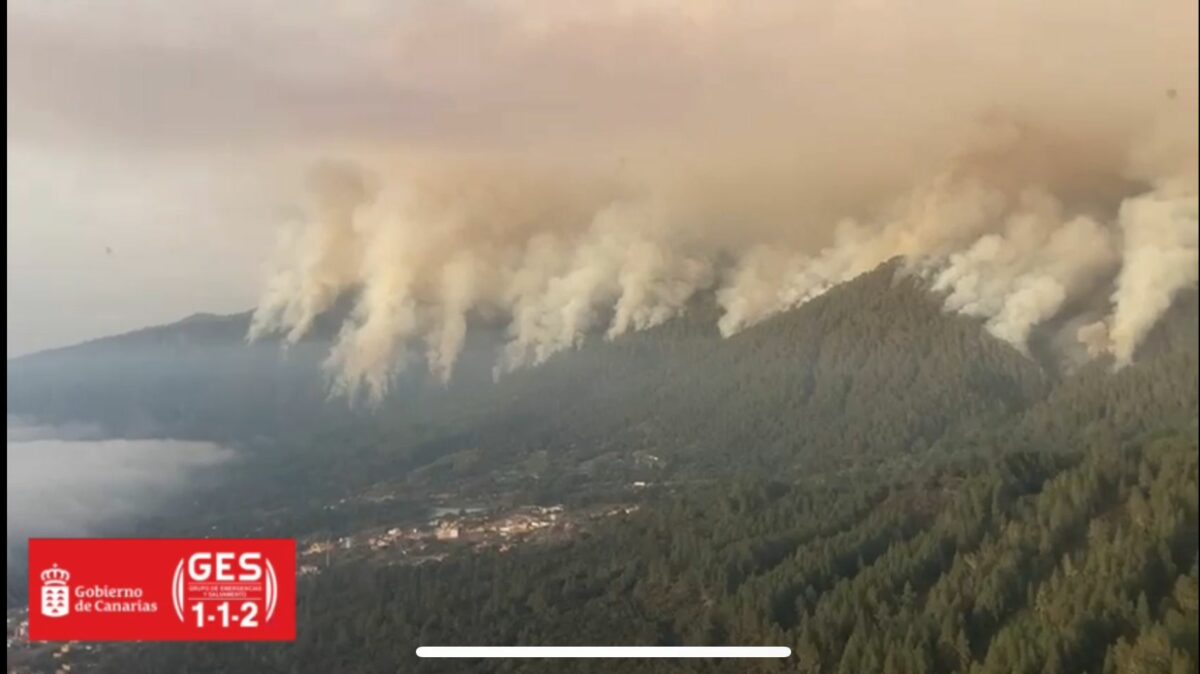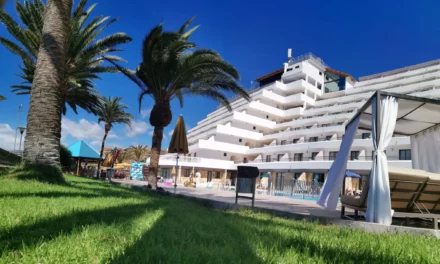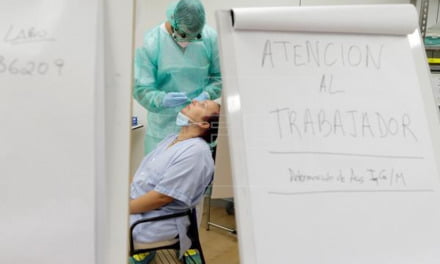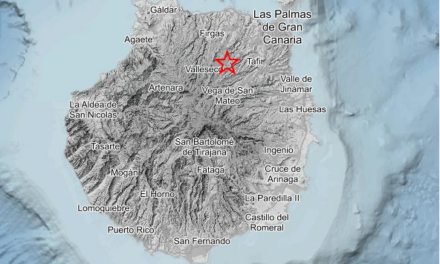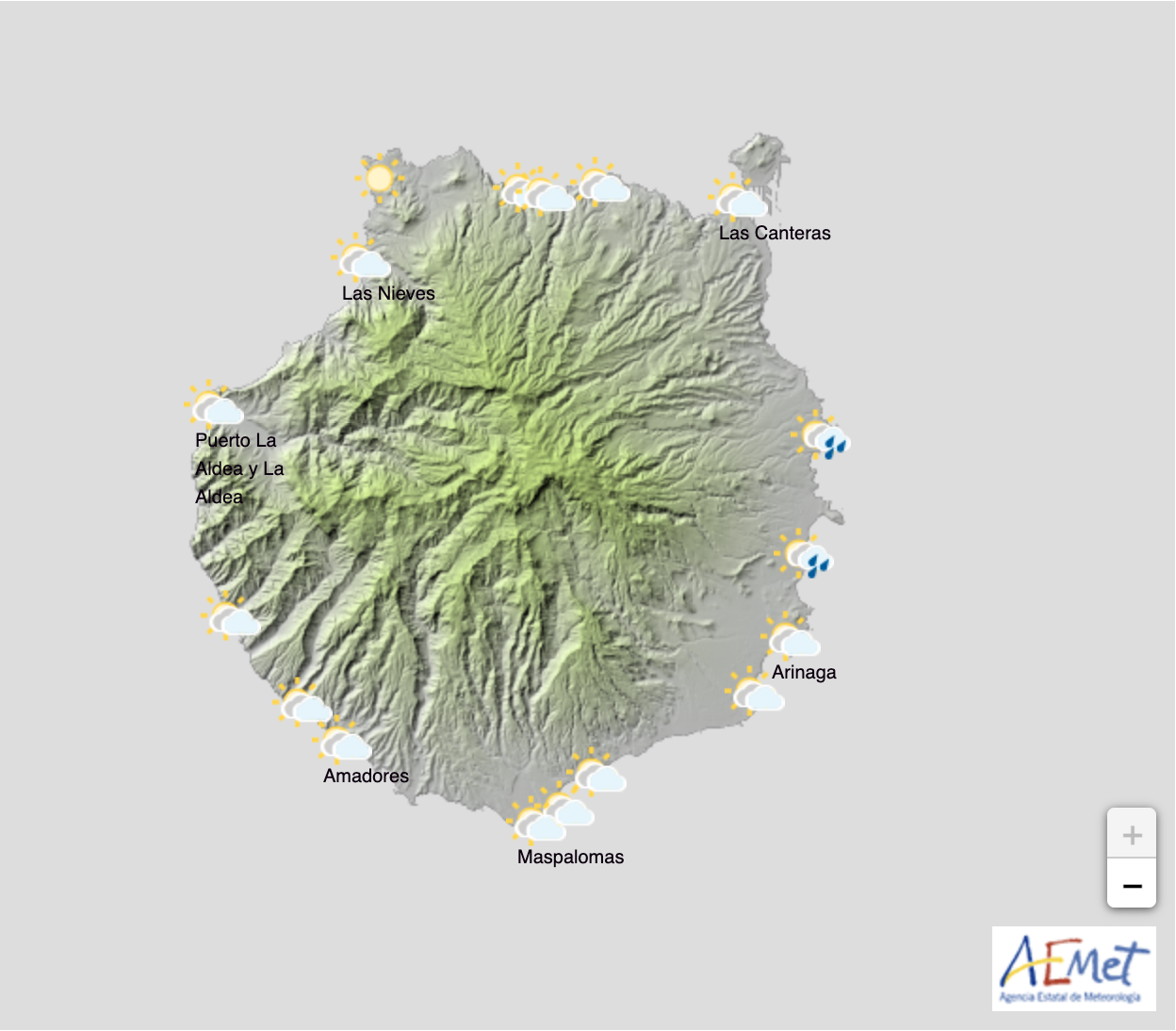The massive wildfire that began in the early hours of Wednesday has continued to rage uncontrollably across the municipalities of Arafo and Candelaria, expanding its reach to affect eight municipalities on Tenerife. Evacuations are ongoing from various areas, primarily as a precautionary measure. The latest update reveals that a total of 3,889 individuals have been directly impacted, while another 3,069 people have been evacuated from their homes and 3,820 individuals are under confinement, asked to remain in place.
The fire’s impact has, in just over 48 hours, been devastating, stretching over more than 3,200 hectares of land (about 8,000 acres) spread across the municipalities of Arafo, Candelaria, Santa Úrsula, La Victoria de Acentejo, El Rosario, La Orotava, El Sauzal, and Tacoronte on the north of the island. The affected perimeter has reached a distance of 41 kilometres, encompassing several regions that are challenging for emergency personnel to access safely.
Throughout the night, a team of 226 ground personnel have continued their efforts to combat the blaze. This morning, starting at 08:30 hours, at least 14 aerial units have been deployed, pending the recovery of one aircraft that experienced technical issues.
Meanwhile, residents of El Rosario remained confined during the night as authorities worked diligently to mitigate the fire’s impact.
Origin and Challenges
The fire initially started in the municipality of Arafo on Tuesday night. The sight of dense smoke billowing from the mountaintops was visible from both Arafo and Candelaria. The authorities initially faced multiple fronts and were particularly concerned about its advancement towards the north from two separate ends.
Efforts were concentrated on halting the fire’s progression, but the flames managed to breach the municipalities of Santa Úrsula and La Victoria de Acentejo through challenging terrain characterised by deep ravines.
 Fernando Clavijo, the President of the Government of Canarias, confirmed that this wildfire is the most complex incident of its kind in the last four decades. This complexity has led to a higher number of evacuations and heightened precautions due to embers sparking isolated small fires.
Fernando Clavijo, the President of the Government of Canarias, confirmed that this wildfire is the most complex incident of its kind in the last four decades. This complexity has led to a higher number of evacuations and heightened precautions due to embers sparking isolated small fires.
The fire’s ferocity and unpredictable behaviour, coupled with the mountainous terrain, have made firefighting efforts incredibly difficult. As firefighters and emergency services continue to battle the blaze, the affected communities and authorities remain vigilant in their efforts to control and mitigate the devastating impact of the wildfire on Tenerife.
The Canary Islands have been suffering one of the warmest summers in their recent history, with a major heatwave having just come to an end after 7 days of sweltering temperatures above 40ºC in the shade.
¡Buenos días, aviadores! 👋🏻
Lucha sin tregua contra el fuego 🔥
5 aviones del #43Grupo trabajaron ayer en #IFArafoCandelaria (Tenerife), #IFArbo (Pontevedra) e #IFRubiá (Orense), con un total de 32:20 horas de vuelo ✈️ y 88 descargas 💦
📽️ Tenerife@mitecogob @Defensagob pic.twitter.com/PMCh0A3vYT — Ejército del Aire y del Espacio (@EjercitoAire) August 18, 2023

